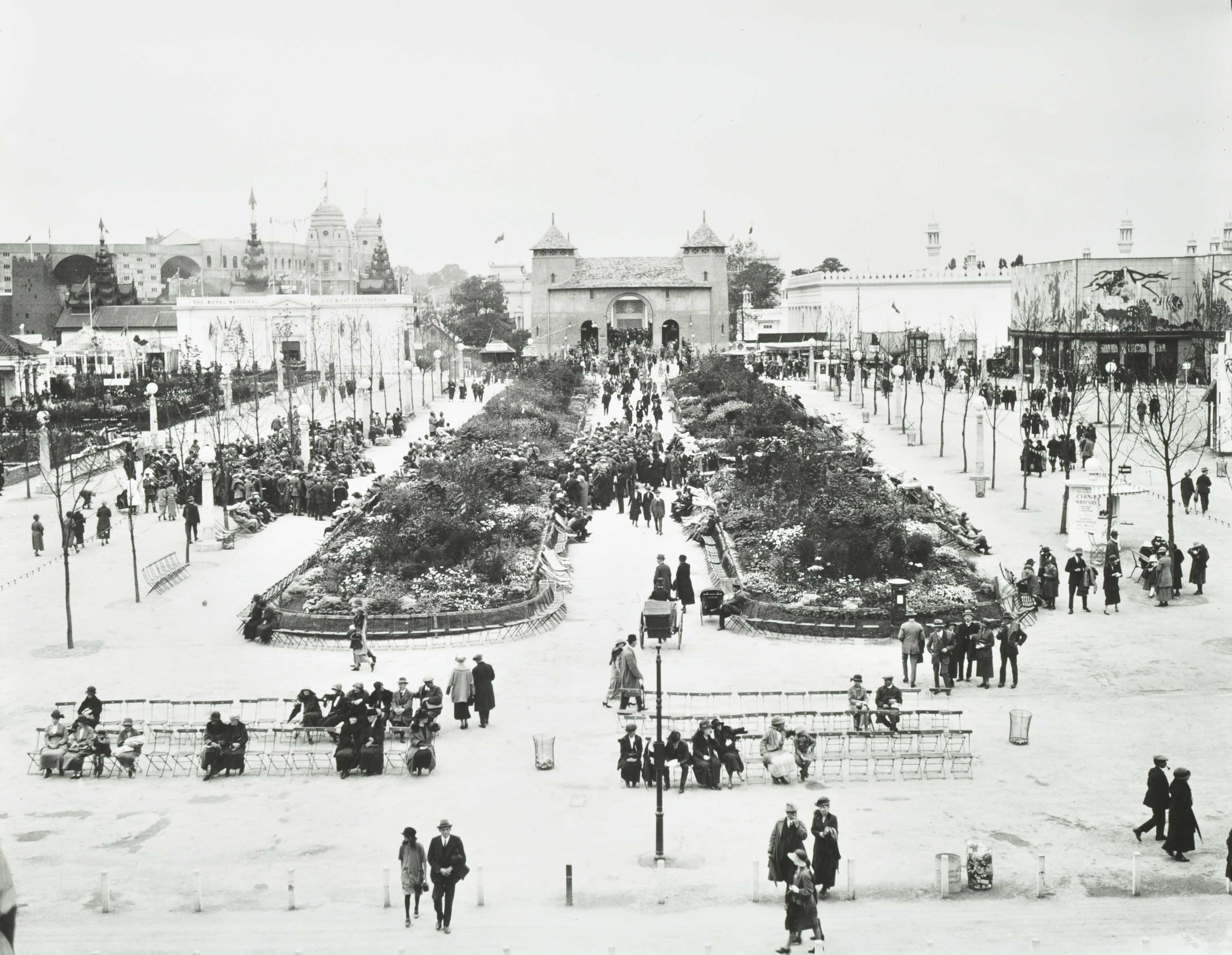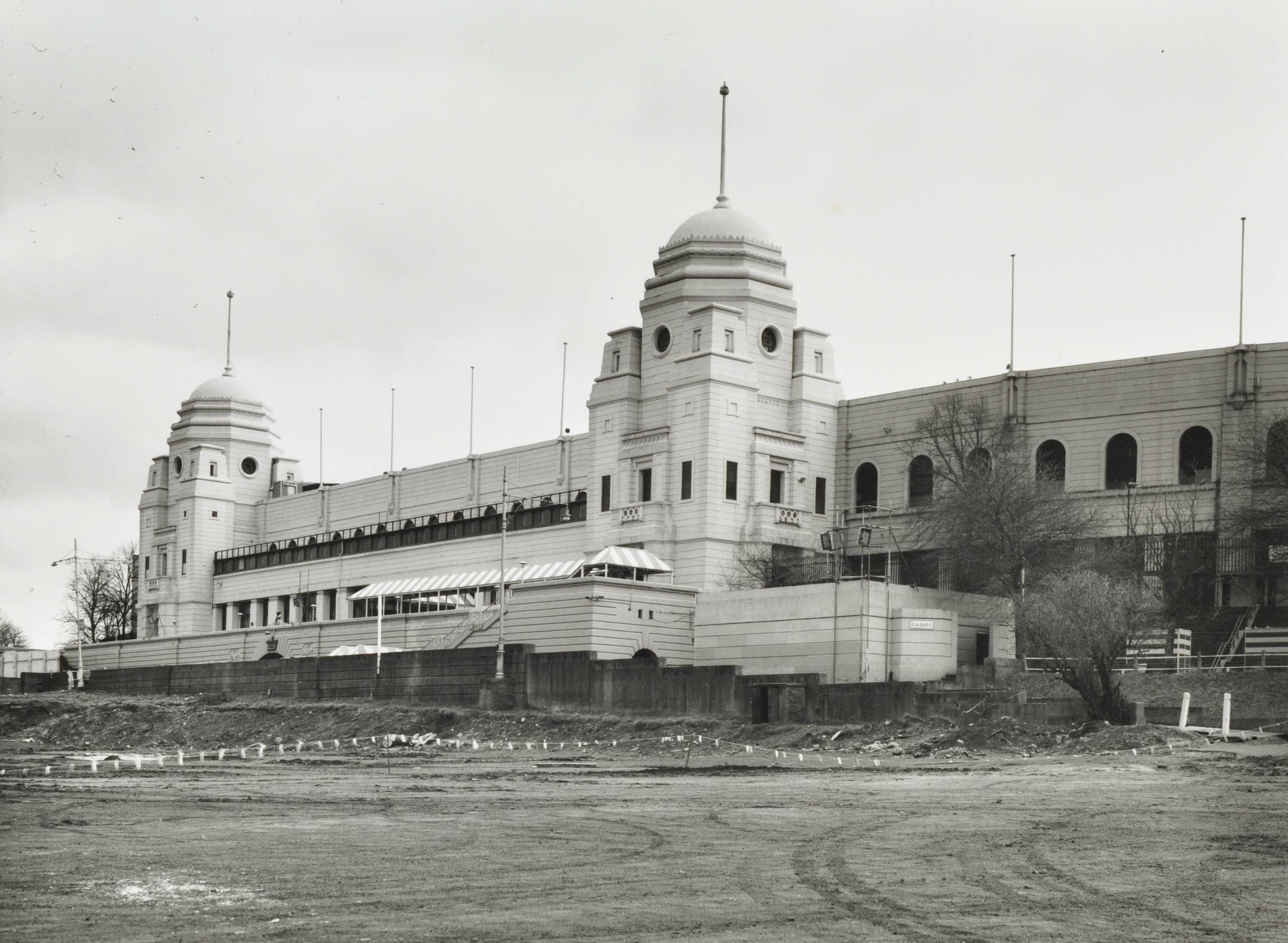Wembley Stadium
Introduction to London's Grand Designs
London is home to some of the world's most striking architecture and innovative engineering. Whether driven by divine purpose or the needs of a growing population, the grand designs of architects and engineers have shaped the identity of the city and the lives of Londoners. This regular series delves into the historical collections at LMA to present drawings and photographs that record the development of some of London’s greatest buildings and structures. The projects cover a wide variety of aspects of life in the capital, from worship to entertainment, transport to housing, and all add to the story of the developing city. Many are still present today, but others have not survived the passage of time and exist only in memory and archives.
Wembley Stadium
The twin towers of Wembley Stadium were recognisable the world over by the time it closed in 2000. Famed for its sporting fixtures, in its latter years it became just as well-known as a music venue, perhaps most famously hosting the Live Aid concert in 1985 to an international television audience of millions. For all its fame, Wembley Stadium came close to disappearing just a few years after construction. Kevin Sheahan explains the history of this world-famous sporting and entertainment venue.
Built in 1923 as the centrepiece of the British Empire Exhibition of 1924-5, it was conceived as ‘a great national sports ground’. Constructed in reinforced concrete, the stadium, designed by John Simpson and Maxwell Ayrton, was built by Sir Robert McAlpine in just 300 days and cost £750,000.

The Empire Stadium first opened for the 1923 FA cup final. Some estimates suggest 240,000 spectators came to see Bolton Wanderers play West Ham United (the official capacity was 127,000). During the Empire exhibition, the stadium was used for the opening ceremony, for an international scouting jamboree, as well as more sporting and other activities.
Perhaps most spectacularly, crowds were 'attacked' by the RAF in a display called 'London Defended'. Red painted 'enemy' aircraft fired blank ammunition at the assembled crowds before dropping bombs on a building erected in the centre of the pitch. Cheers broke out as the London Fire Brigade arrived to quench the flames, while anti-aircraft guns and searchlights drove off the dastardly attackers .
It was planned that the stadium would be demolished at the end of the British Empire Exhibition. However, it was saved for further use as a sporting venue and went on to host the 1948 Olympics and of course that famous 1966 World Cup final.
The twin towers were demolished in 2003 and replaced by a new Wembley Stadium in 2007.
